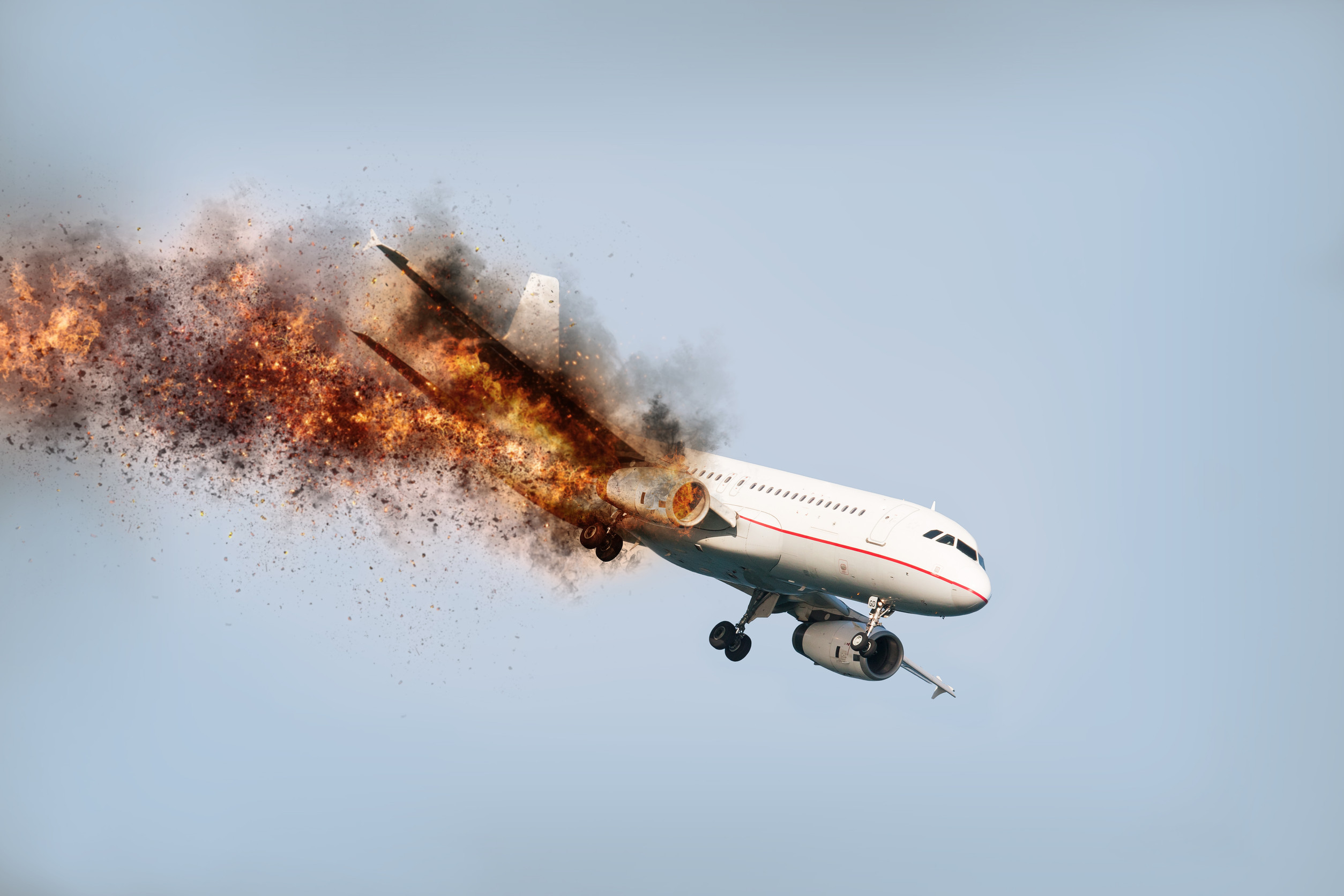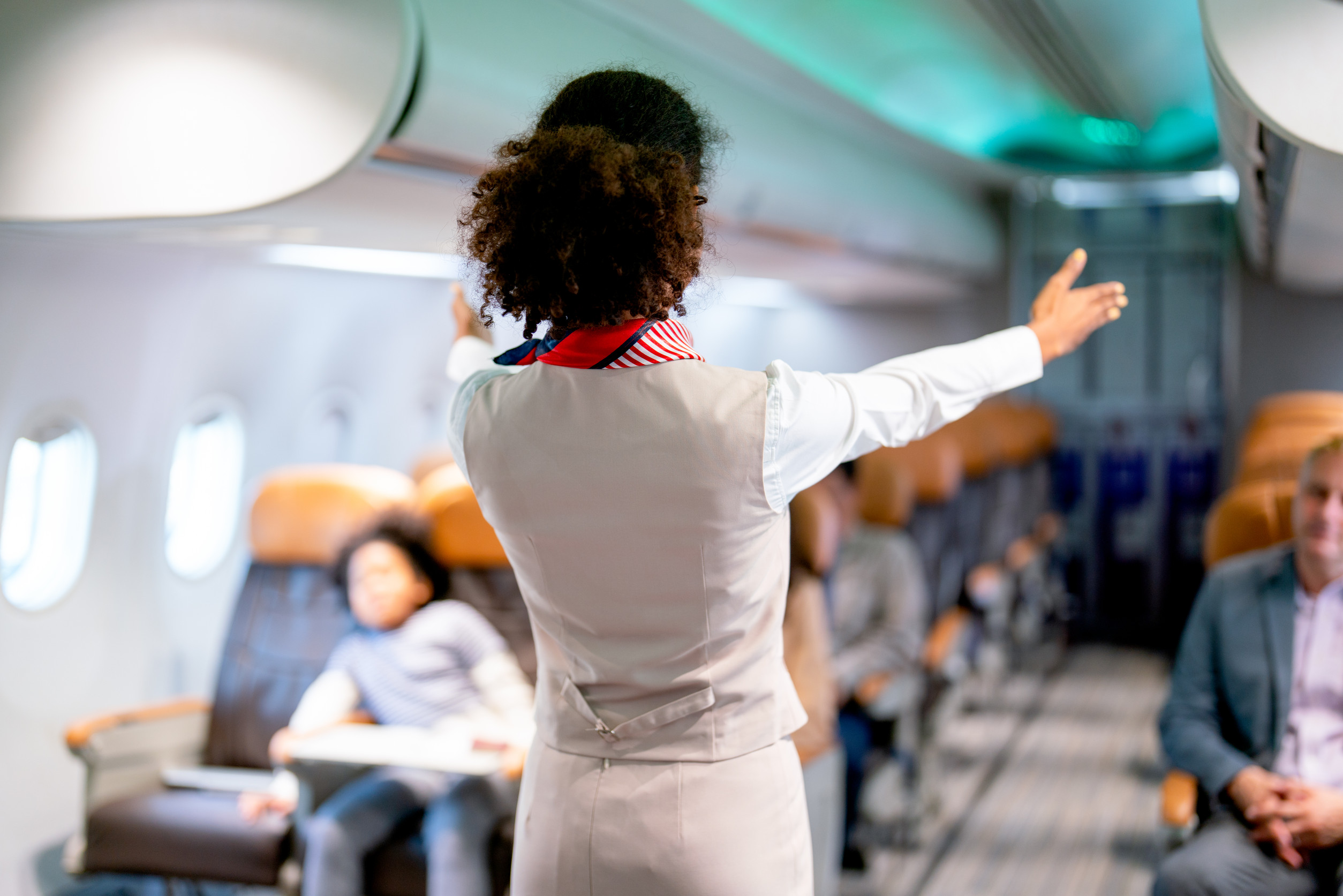
Image Source: 123rf.com
It’s been a scary time for those that love to travel. Since January, a series of high-profile aviation incidents have raised public concern about the safety of air travel. From severe turbulence and unexpected delays to tragic accidents, passengers are questioning whether flying remains a secure mode of transportation. This article examines recent events, underlying causes, and expert insights to assess the current state of flight safety.
Recent Aviation Incidents
Several notable incidents have occurred in 2025, contributing to heightened anxiety among travelers:
-
Toronto Crash Landing: On February 17, a Delta Air Lines Bombardier CRJ-900LR jet flipped upside down while attempting to land at Toronto Pearson International Airport amid severe weather conditions, including over 20 inches of snow. Remarkably, all 80 passengers and crew survived, though 21 sustained injuries.
-
Washington, D.C. Mid-Air Collision: On January 29, a mid-air collision between an American Airlines Flight 5342 and a U.S. Army Black Hawk helicopter over the Potomac River resulted in 67 fatalities. The National Transportation Safety Board (NTSB) revealed that a crucial radio transmission warning the helicopter to maneuver was not heard due to a muffled message.
-
Air Busan Ground Fire: On January 28, Air Busan Flight 391 caught fire shortly before takeoff at Gimhae International Airport in Busan, South Korea. All 176 passengers and crew evacuated safely, with seven individuals sustaining minor injuries.
Factors Contributing to Safety Concerns
While these incidents are alarming, experts emphasize that they are part of a broader context:
-
Random Clustering: Aviation expert Jason Matzus explains that the apparent increase in crashes is due to “random clustering,” where multiple incidents coincidentally occur over a short period, altering public perception.
-
Increased Turbulence: Studies have shown a significant rise in severe turbulence over major flight routes in the past four decades, a trend directly linked to climate change. This increase poses challenges for flight safety and passenger comfort.
-
Air Traffic Control Staffing: Staffing shortages in air traffic control towers have been noted, with some facilities operating nearly a third below targeted levels. This situation can lead to increased workloads for controllers, potentially impacting flight safety.
Passenger Safety Measures

Image Source: 123rf.com
Despite these challenges, flying remains statistically one of the safest modes of transportation. Passengers can take proactive steps to enhance their safety:
-
Stay Informed: Pay attention to safety briefings and familiarize yourself with emergency procedures.
-
Keep Seatbelts Fastened: Always keep your seatbelt fastened while seated to protect against unexpected turbulence.
-
Choose Seats Wisely: Sitting near the wings can minimize the sensation of turbulence.
-
Be Mindful of Carry-On Items: Ensure that electronic devices and batteries are stored and handled according to airline regulations to prevent onboard fires.
Air Travel Is Still Exceptionally Safe
While recent incidents have understandably caused concern, it’s important to recognize that air travel remains exceptionally safe. The aviation industry continually adapts to emerging challenges, implementing rigorous safety protocols and technological advancements. Passengers can contribute to their safety by staying informed and adhering to recommended precautions.
How are you feeling about flying after the recent incidents in 2025? What would make you feel safer about flying? Please let us know in the comments below.
Read More:
13 Tips for Solo Travelers That Will Change Your Trips Forever
11 Ways Travel is Changing for Millennials and Gen Z

Latrice is a dedicated professional with a rich background in social work, complemented by an Associate Degree in the field. Her journey has been uniquely shaped by the rewarding experience of being a stay-at-home mom to her two children, aged 13 and 5. This role has not only been a testament to her commitment to family but has also provided her with invaluable life lessons and insights.
As a mother, Latrice has embraced the opportunity to educate her children on essential life skills, with a special focus on financial literacy, the nuances of life, and the importance of inner peace.
Leave a Reply